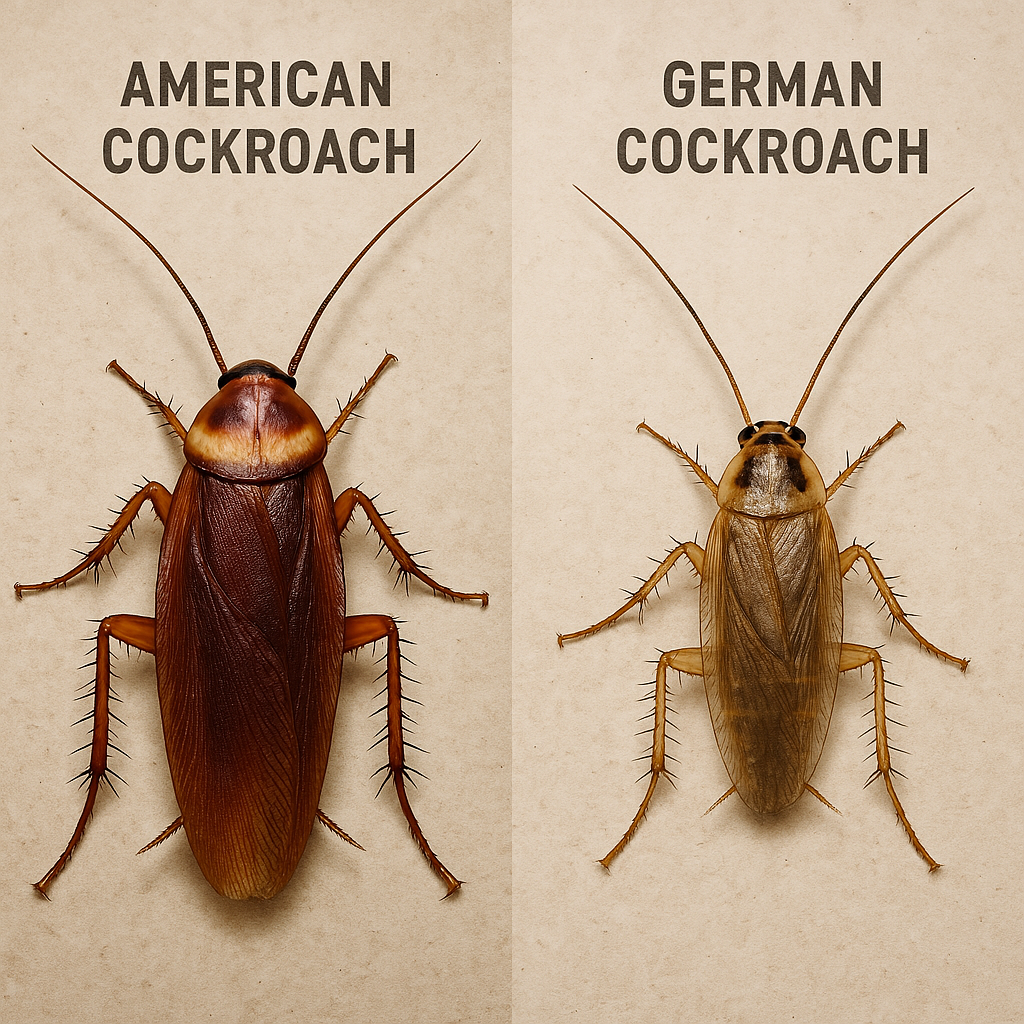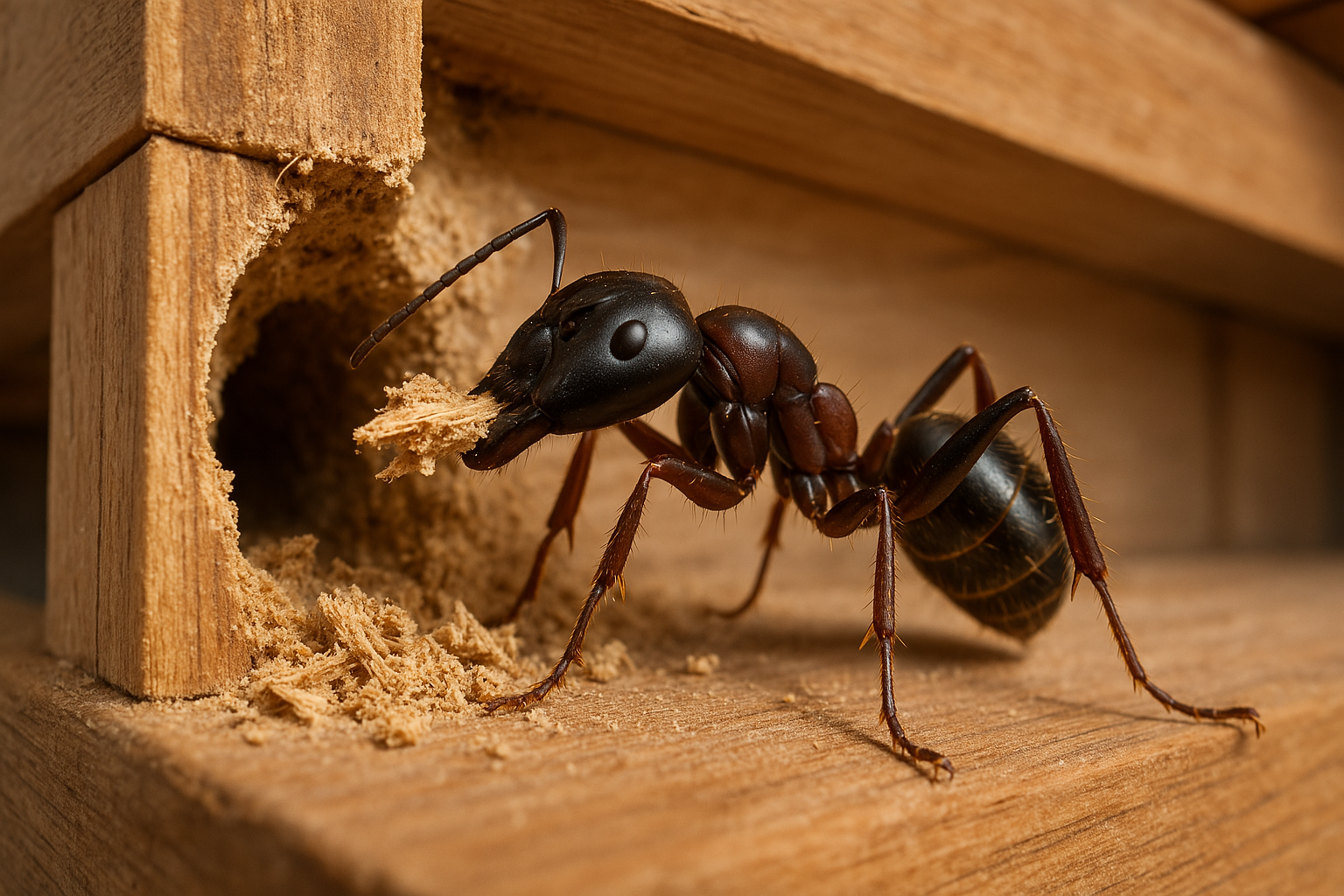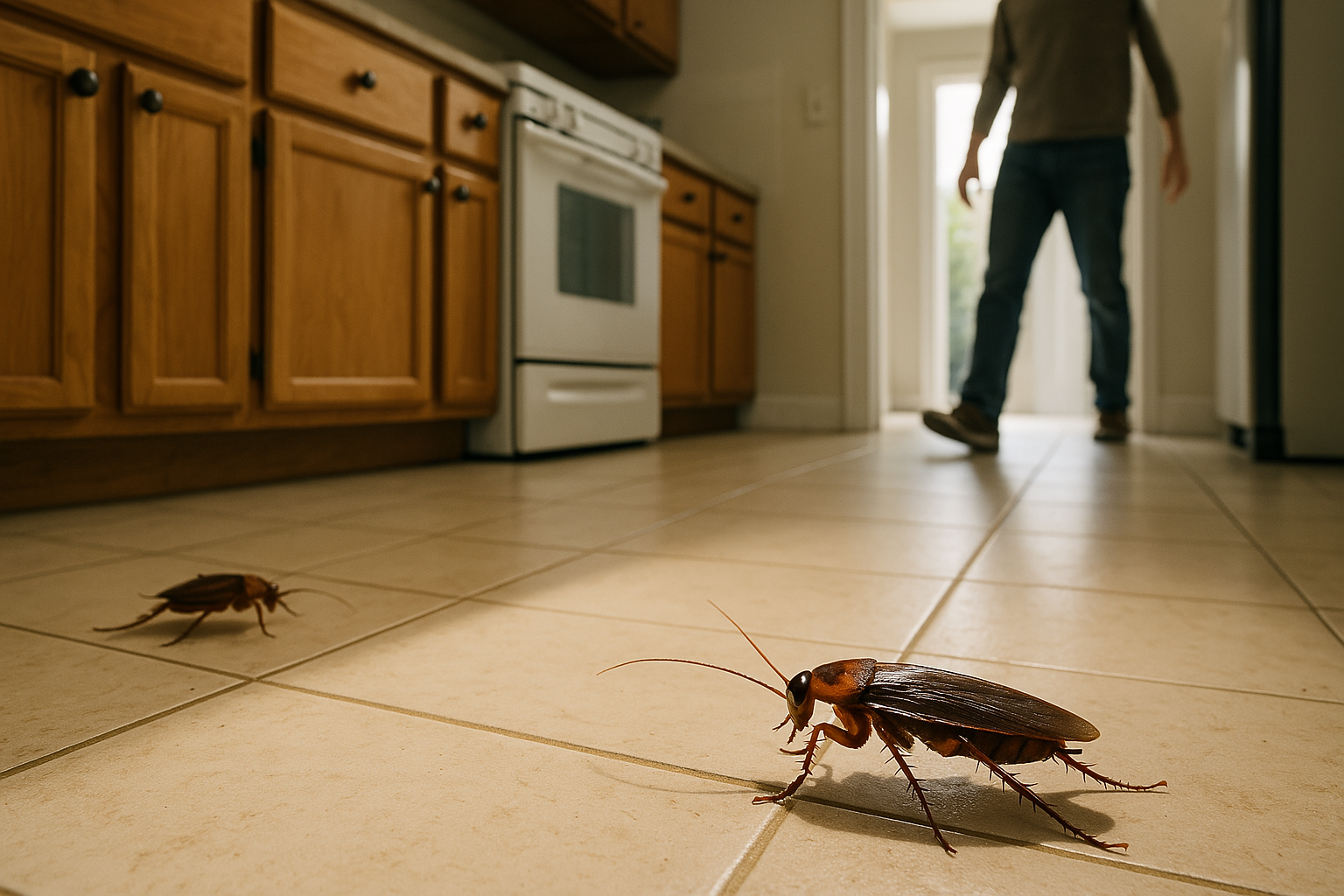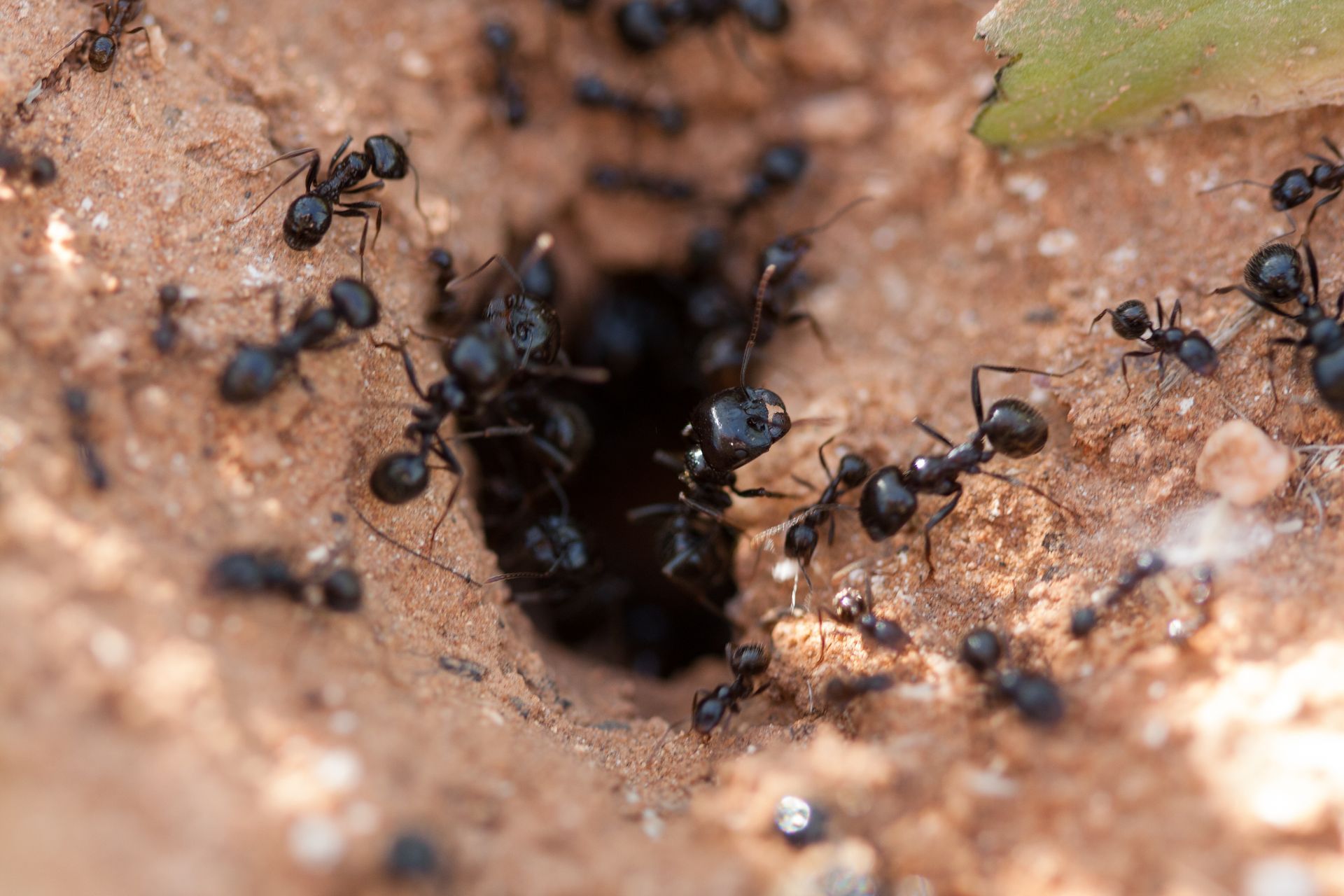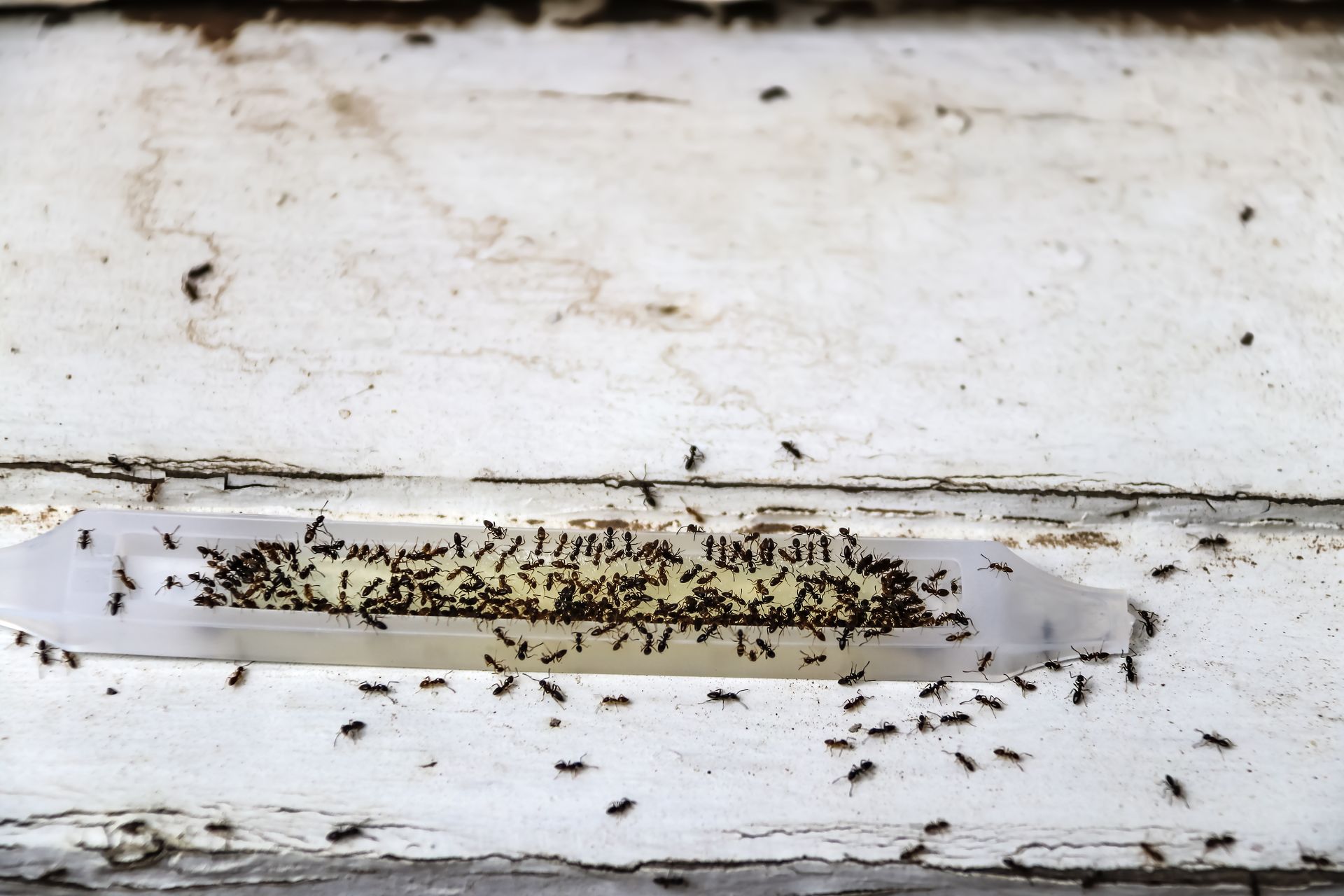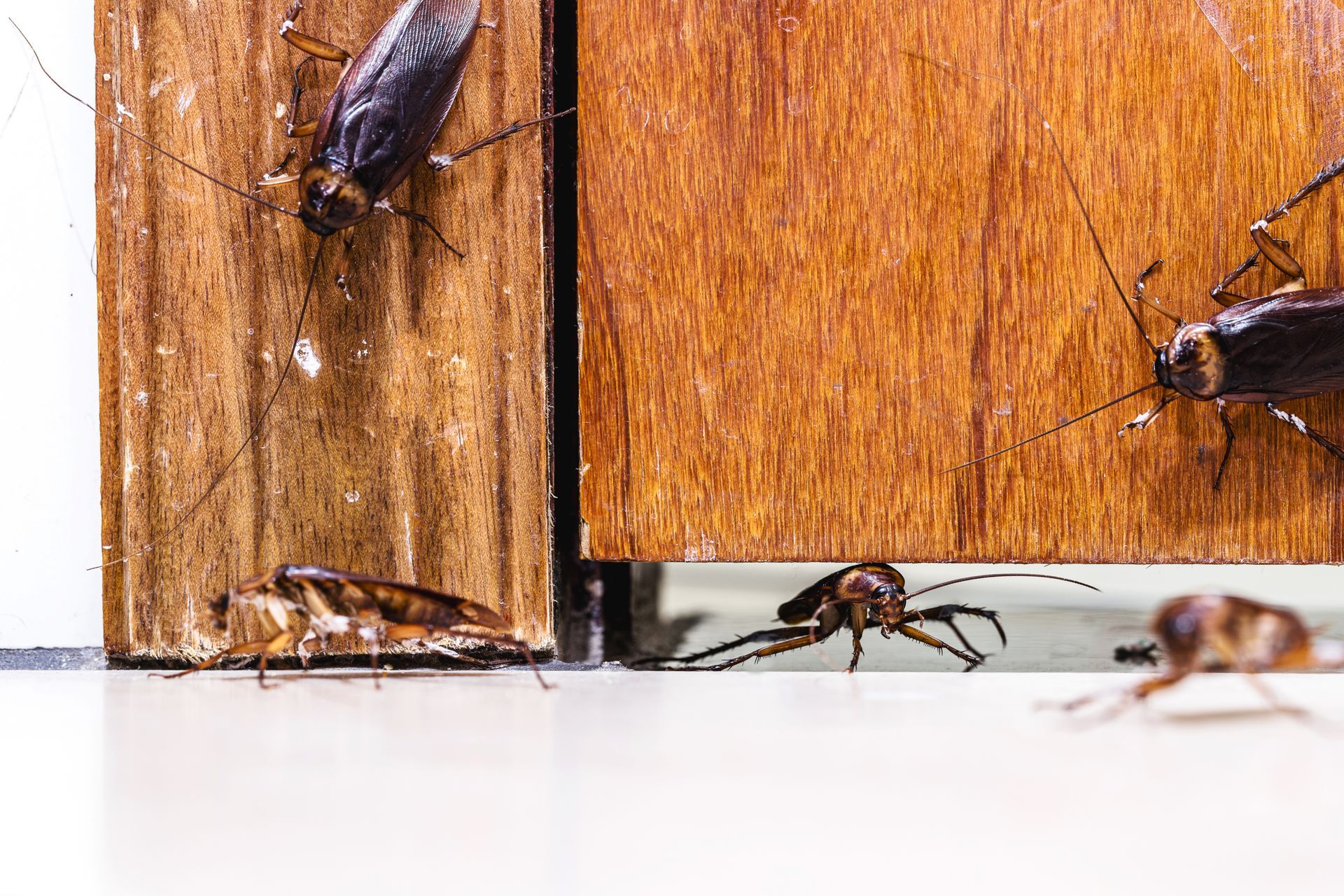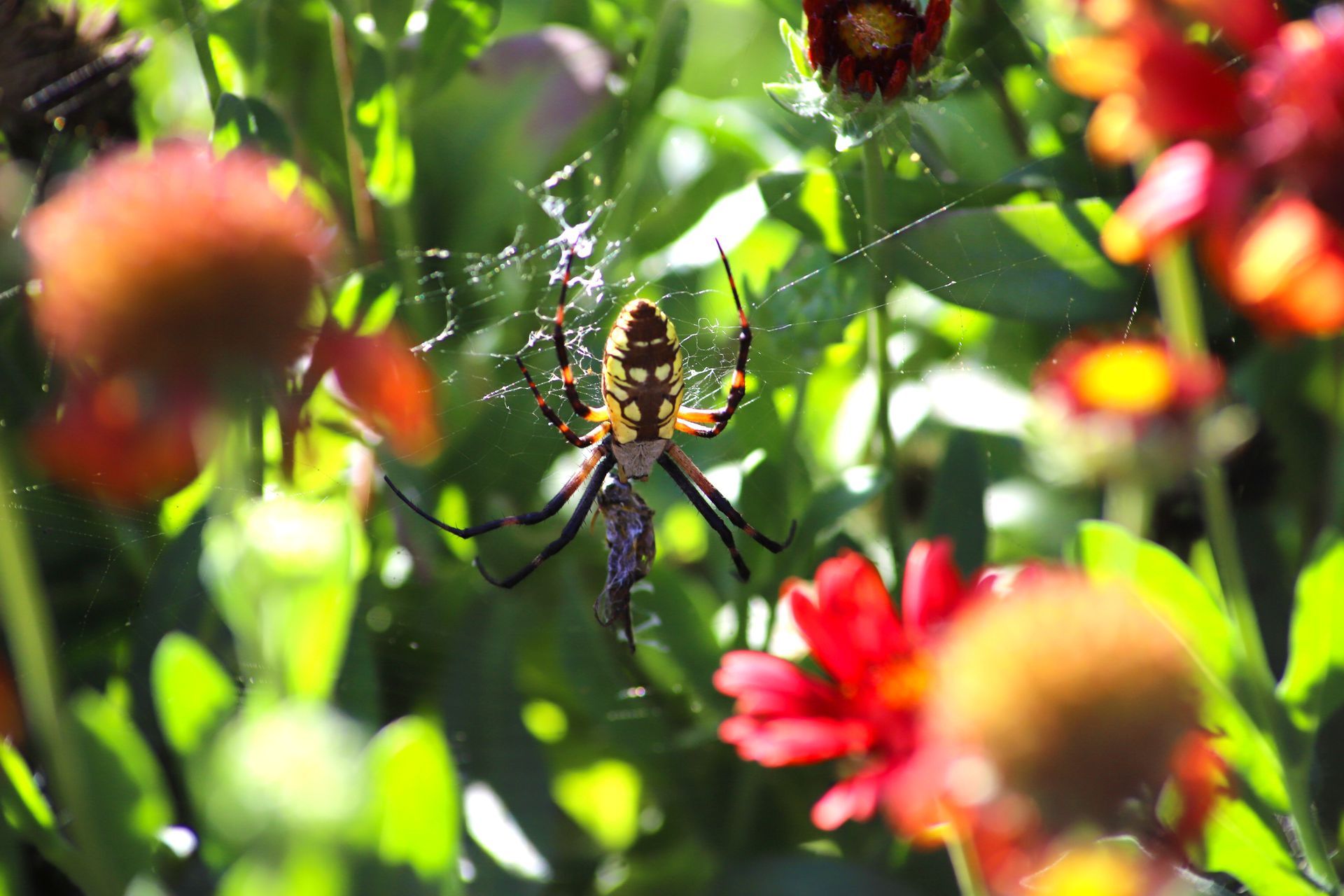Do Ants Ever Sleep?
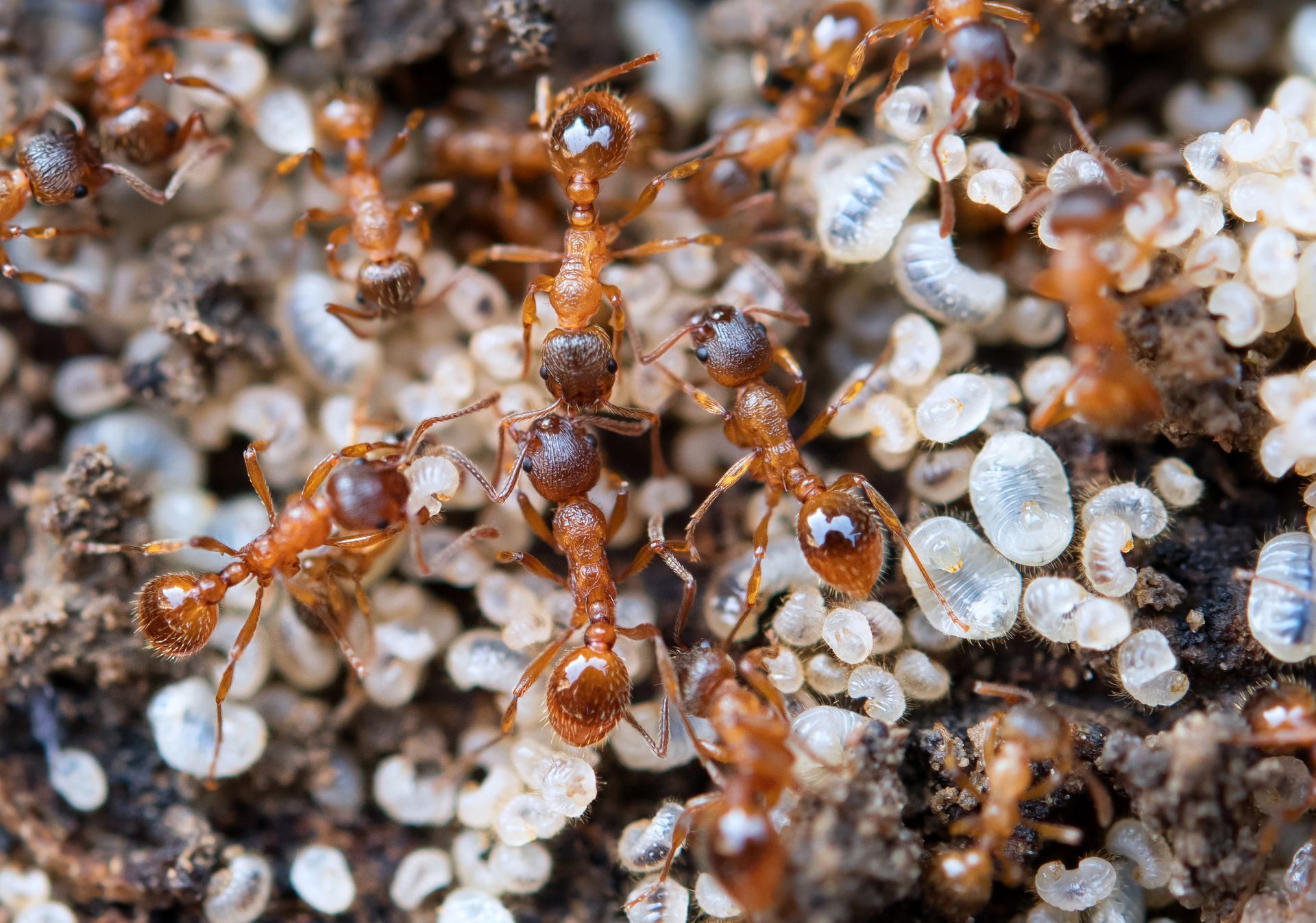
The question of whether ants sleep might seem simple at first glance, but ant sleep patterns are as complicated and fascinating as the ants themselves. Ants are generally observed tirelessly working at all hours which have long fueled the notion that these industrious insects never rest. Their constant activity, whether during the day or night, suggests a ceaseless dedication to maintaining the health of their colony. Recent research, however, has begun to peel back the layers of ants' daily lives and reveal a sleep cycle that is both complex and surprising. Contrary to the assumption that ants are always awake, studies have discovered that ants do indeed take breaks to rest in the form of short, staggered power naps. This staggered sleeping pattern ensures that while some ants rest, others continue their duties which helps keep the colony active and responsive at all times.
Ant sleep patterns were discovered in a groundbreaking study published in the Journal of Insect Behavior by researchers at the University of South Florida in St. Petersburg. This report provides compelling evidence of ants' sleep habits. Worker ants who are the backbone of the ant colony, engage in a rapid cycle of power naps. Workers take approximately 250 naps each day with each nap lasting just over a minute. This amount of rest cumulatively equals almost five hours of sleep daily. Remarkably, this pattern allows 80 percent of the workforce to be active at any given moment so the colony can maintain its relentless pace. Even more intriguing is the suggestion that ants, particularly the queens, might experience something akin to dreaming during their longer rest periods. This research not only challenges our perception of ants as perpetual laborers but also sheds light on the complexity of their social structure and behavioral adaptations.
How Do We Define Sleep When Ants Do It?
Defining sleep in the context of ants presents a unique challenge that diverges significantly from human conceptions of rest and slumber. Unlike humans and other animals with a central nervous system that facilitates recognizable sleep states, ants exhibit sleep behaviors that are less obvious and require nuanced interpretation. Researchers have navigated this definition dilemma by identifying key characteristics that mark a state of sleep rather than mere idleness. These include a noticeable reduction in mobility and responsiveness to external stimuli, paired with the ability to revert to an active state rapidly. Additionally, true sleep in ants is distinguished by observable behavioral changes which indicate a shift from mere rest to a more profound state of recovery and rejuvenation.
Within the intricate societies of ants, the distinction between sleep and rest becomes even more pronounced. Rest is understood as temporary pauses in activity or moments when ants cease their labor but do not necessarily enter a state of deep physiological change. In contrast, genuine sleep in ants involves significant physiological transformations that contribute to their overall health and the colony's efficiency. This differentiation is crucial in understanding the complexity of ant behavior because it sheds light on how these creatures manage to balance the demands of their tireless work with the essential need for restorative rest. By exploring the specific sleeping patterns of ant species, we can gain insight into the inner workings of their societies and the critical role that sleep plays in maintaining the delicate equilibrium of their communal lives.
How Do We Know Ants Sleep?
Determining whether ants sleep involves observing changes in their behavior and physiological responses that indicate a rest phase distinct from mere inactivity. One of the clearest pieces of evidence supporting the notion that ants sleep comes from their lack of responsiveness to external stimuli while in this state. Ants are typically highly reactive and communicative through physical contact and chemical signals, but they become noticeably less responsive when asleep, even when touched by fellow colony members. Additionally, the observation of sleeping ants moving their antennae in a manner distinct from their waking state suggests not only that they are asleep but potentially have reached a deeper level of sleep that allows them to dream.
Further scientific inquiry into ant sleep behavior has utilized modern technology and methodologies to observe and measure physiological indicators of sleep. For example, studies have recorded a significant reduction in mandible and antennae activity, with some experiments noting up to a 65 percent decrease during certain periods which is indicative of a deeper rest phase. More direct evidence comes from research using brain activity recorders on various ant species which revealed a marked decline in brain wave fluctuations during these rest periods similar to sleep patterns in higher organisms. Interestingly, this research has also highlighted differences among ant types, such as a surprisingly higher level of brain activity in soldier ants during rest which suggests variations in sleep patterns across different roles within ant societies. These findings, derived from carefully controlled laboratory settings where ants are observed around-the-clock in artificial colonies, offer compelling proof of sleep in ants. These findings challenge previous assumptions about their ceaseless activity of ant species and provide insights into the complex behavioral patterns of these insects.
When Do Ants Sleep?
Ants take moments of rest but in a manner quite unlike our own extended periods of slumber. The concept of sleep among ants leans more towards the realm of power napping rather than prolonged, deep sleep cycles. Research reveals a fascinating range of sleeping behaviors among ants, with some species' workers taking brief pauses ranging from a mere eight minutes every 12 hours to engaging in over 250 one-minute naps within a single day. These naps occur at seemingly irregular intervals which suggests a highly flexible approach to rest that has adapted to meet the demanding and continuous labor required by their social structure.
This segmented sleep pattern is known as polyphasic sleep and it allows ants to distribute rest periods throughout the day and night. This enables them to maintain high levels of productivity and alertness. Worker ants, in contrast to their queens, engage in hundreds of these short naps, averaging around four hours and 48 minutes of sleep per day. The way ants sleep is characterized by a stillness and retraction of their antennae. These subtle indicators often make ants difficult to observe in a state of rest. Interestingly, periods of inactivity and rest in ants do not necessarily equate to the deeper sleep stages experienced by humans like REM sleep where dreaming occurs. However, the intricacies of ant sleep including whether they dream remains a subject of ongoing research.
Do Ant Queens Sleep?
Ant queens exhibit sleep patterns distinctly different from those of worker ants which highlights their unique role and the evolutionary adaptations aimed at protecting the colony’s matriarch. Research indicates that queen ants not only sleep longer per episode but also enjoy a more structured sleep schedule. While worker ants may take upward of 250 1 minute naps each day, queen ants have fewer sleep episodes that last much longer. These naps occur about 90 times a day and average around six minutes long. This results in queen ants achieving nearly double the total sleep time of worker ants, with an impressive average of 9.4 hours of sleep per day.
The sleep behavior of queen ants also suggests a level of complexity akin to REM sleep observed in mammals. During their sleep, queen ants display distinct physiological changes like their antennae retracting and their mouths closing during deeper sleep stages. Occasional antenna movements hint at the possibility of queen ants being able to achieve dream-like states. This phenomenon draws an intriguing parallel to the rapid eye movements (REM) associated with human dreaming.
Are Ants Nocturnal?
The question of whether ants are nocturnal is not a one-size-fits-all answer, as the sleep and activity patterns of ants can vary significantly across the approximately 12,000 known species. It is also important to differentiate that reduced activity patterns of some species do not necessarily mean that a colony is “asleep.” Some ants, like the carpenter and sugar ants, exhibit nocturnal behaviors and emerge at night to forage and carry out their activities under the cover of darkness. This nocturnal lifestyle allows them to avoid predators and exploit resources with reduced competition from diurnal species. However, ant behavior spans a broad spectrum with some species being diurnal which means they are strictly active during the day while others are crepuscular which means they are most active during twilight hours. The flexibility of ant species to adapt their activity patterns from diurnal to nocturnal is often a response to environmental pressures such as the presence of predators, resource availability, and climate conditions.
When ant species do “sleep,” many species engage in polyphasic sleep which results in taking multiple short naps throughout the day and night. Other species have adapted monophasic sleep patterns. These patterns involve longer, uninterrupted periods of sleep which may occur due to environmental demands or specific needs within their colonies. For example, extreme weather conditions in desert regions can drive ants to adopt monophasic sleeping habits. These species will rest during the scorching daytime to avoid heat stress and wake up at night when temperatures are cooler. This adaptability in sleep and activity patterns underscores the ants' remarkable ability to optimize their survival and efficiency.
Factors That Influence Ants’ Sleep Patterns
Ants are renowned for their unwavering work ethic and are governed by an intricate internal biological clock that orchestrates their sleep patterns. This clock, or circadian rhythm, is fundamental in aligning the ants' sleep-wake cycles with the environmental day-night changes and ensures their activities are synchronized for optimal efficiency. This natural rhythm encourages certain species of ants to be active during daylight when foraging opportunities are most abundant and predators are least active, and to rest at night. Other species have adapted their circadian rhythm to match nocturnal patterns. The circadian rhythm not only dictates the timing of sleep but also influences ants' overall activity levels. Diurnal species’ activity gradually increasing as dawn breaks and decreasing as night approaches while the opposite occurs for nocturnal species. This internal timing mechanism is crucial for maintaining the colony's productivity and allows ants to harness the energy needed for their day to day tasks and to recuperate during the safer hours where predation and environmental extremes are less likely to negatively impact ant activity.
Ants' sleep patterns are also significantly shaped by external environmental cues, such as variations in light intensity, temperature, and humidity. Light intensity acts as a powerful regulator, with bright sunlight signaling to ants if it is a good time to be active. Diurnal ants will use this as an indicator that there is time to forage while nocturnal ants will use this as a sign that predators are active. As ectotherms, ants' metabolic rates, their activity levels, and sleep needs are closely linked to ambient temperatures. Warmer conditions stimulate activity and reduce the need for sleep, whereas cooler temperatures necessitate increased rest periods. In climates with temperature extremes, high temperatures can keep ants inactive while they wait out the blistering sun. Humidity levels also play a role in determining ants' sleep habits, as extreme moisture can impair their functionality and lead to a decrease in activity. Through evolutionary adaptation, ants have finely tuned their sleep patterns to these environmental factors which ensures they remain productive and efficient while also conserving energy.
Why Do Ants Sleep?
Ants sleep for the same reasons that all animal species do, they need rest to allow their bodies to recover from day to day activities. The sleep patterns of ants differ slightly though, particularly the brief power naps undertaken by worker ants which play a crucial role in the overall functioning and protection of the colony. These short rests are strategically interspersed to ensure a continuous flow of activity which enables a sufficient number of worker ants to remain vigilant at all times for the colony's defense and maintenance. This approach to rest minimizes vulnerability and maximizes readiness, allowing the colony to respond swiftly to threats or needs without interruption while still allowing ants time to rest and recover fully.
Queen ants sleep for the exact same purpose as workers albeit with slightly different sleep patterns. The queens are central to the colony's reproductive success and benefit from longer and more restful sleep periods, which means that worker ants must play the protective role to ensure that the queen is able to rest as needed. This division of labor and rest highlights a survival strategy where the worker ants, which are considered a disposable caste, prioritize the well-being and preservation of the queen and her offspring above their own rest needs. Through this selfless system, worker ants ensure the colony's lineage continues and protect the queen from potential threats. This complex balance between work and rest within ant societies reveals the profound evolutionary adaptations that support their thriving communities.
Ants’ Collective Sleeping Behavior
Within the bustling environment of an ant colony, sleep is a communal and meticulously coordinated affair that reflects the ants' extraordinary organizational capabilities. Far from being random or solitary, ants' rest cycles are synchronized throughout the colony to ensure that their laborious undertakings proceed smoothly around the clock. This synchronization allows for a dynamic division of labor, with ants rotating between duties such as foraging for food while getting rest. This ensures no interruption in the colony's essential activities while providing ants with the necessary downtime to replenish their energy reserves and let their bodies recover.
The seamless transition between work and rest phases within an ant colony hinges on sophisticated communication mechanisms, particularly the use of chemical signals. Ants communicate their resting state through specific pheromones that signal to their counterparts the need for undisturbed rest. This chemical language facilitates order and harmony within the colony and ensures that rest periods are respected so that the colony's rhythm remains uninterrupted. Ants also employ a delicate system of cues for smoothly transitioning between active and resting states, ensuring that the shift from one to the other does not disrupt the colony's overall functionality. Through specialized sleeping chambers and an intricate communication network, ants have developed an advanced system of collective sleeping behavior that optimizes both individual rest and collective productivity.
Where Do Ants Sleep?
Ants exhibit intriguing patterns when it comes to their resting places. Research conducted in controlled laboratory environments reveals that ants prefer to sleep in specific locations within an artificial nest chamber. These preferred spots include the ceiling of the chamber or against a chamber wall. Interestingly, ants resting at the center of the chamber wall tend to have shorter sleep durations which is likely due to the higher traffic and activity levels in these central areas. This observation suggests that ants prioritize uninterrupted rest opt for locations where they are less likely to be disturbed by the colony's ongoing activities.
In the natural setting of their nests, ants demonstrate a preference for sleeping in areas that offer safety and protection. The nest itself is bustling with fellow colony members and provides a secure environment where ants can rest without fear of predators. Specialized chambers within the nest provide dedicated spaces for rest that are insulated from the hustle and bustle of colony life. These restful sanctuaries, sometimes lined with soft materials or designated for specific colony members, highlight the sophisticated and adaptive nature of ants in managing their sleep needs while maintaining the rigorous demands of their social organization. Ants on the move still need rest so they may choose to take a break and sleep outside the nest in secluded spots when necessary. These locations can vary from the underside of a leaf to hidden nooks that offer shelter and cover.
When Are Ants Most Active?
Ants exhibit varying levels of activity throughout the year, with their most active periods generally spanning from March to October. This heightened activity correlates with the onset of warmer temperatures and longer daylight hours in spring which are conditions that signal ants to emerge from their less active winter states. The warmer climate not only facilitates ants' foraging and food gathering efforts but also coincides with their reproductive phase. This period tends to result in rapid growth in colony size. Consequently, the visibility of ants on properties tends to increase during these months as colonies are more active and reproductive swarmers emerge. Yet, the transition to cooler temperatures in late fall doesn't necessarily reduce the chance of encountering ants indoors. To escape the cold, ants seeking refuge may migrate into homes which makes ant infestations a year-round concern for homeowners.
Do Ants Hibernate?
During the colder months, ants engage in a survival strategy known as "overwintering," which allows them to effectively wait out the winter before resuming their activities. This behavior is often mistaken for hibernation and involves ants seeking warmer locales inside their colonies where they cluster together for warmth and to protect the queen. This collective effort to conserve heat can lead them to overwinter in deep soil, beneath rocks, or if the opportunity arises, within the walls of homes or under concrete slabs. This seasonal retreat is crucial for their survival during times when the outdoor environment becomes inhospitable due to low temperatures.
The process ants undergo during winter is more accurately termed diapause which is a state of dormancy that is not equivalent to sleep but rather a period of significantly reduced metabolic activity. This adaptation is seen in many insect species, and it allows ants to conserve energy and reduces their need for food. Before entering diapause, ants accumulate energy reserves to sustain themselves without foraging. During diapause, general inactivity within the colony drops dramatically while worker ants cease their labor, queens halt egg-laying, and larvae growth pauses. Despite the reduced activity, ants still remain at risk of freezing and employ various methods to maintain warmth like burrowing deeper into the earth or taking shelter under rocks or decaying wood. They will even go as far to utilize the heat from decomposing plant matter. These strategies illustrate the ants' complex adaptations to their environment that ensure their survival through the winter.
Contact EcoGuard Pest Management if You Are Dealing with Ants
As we've explored the fascinating world of ants and their complex behaviors throughout the year, it's clear that managing an ant infestation requires expertise and timely intervention. Whether you're noticing increased ant activity in the warmer months or encountering these persistent intruders seeking shelter in your home as the temperatures drop, EcoGuard Pest Management is here to help. We have a deep understanding of ant behavior and are committed to delivering effective, environmentally friendly pest control solutions. Our team is ready and equipped to address your ant concerns. If you're dealing with an ant infestation or simply wish to prevent one, don't hesitate to reach out to EcoGuard Pest Management for professional assistance and peace of mind.
Ant Sleep FAQs
How long does an ant sleep?
An ant's sleep pattern is remarkably fragmented and consists of numerous short naps rather than a long, uninterrupted rest. Worker ants, for example, may take up to 250 brief naps each day with each nap lasting just over a minute. This rest accumulated can total approximately 4.8 hours of sleep per day. In contrast, queen ants indulge in longer sleep episodes, resting for about 6 minutes at a time and achieving around 9.4 hours of sleep daily.
Do ants sleep at night?
Ant activity at night varies among species, with some ants like carpenter ants and sugar ants exhibiting nocturnal behaviors. These ants come out at night to forage for food, follow established trails, and carry out other colony-related tasks while taking advantage of the cooler temperatures and reduced competition or predation risks. However, the specific nighttime activities can depend on the ant species and environmental conditions, as some ants may also use this time to rest or remain within their nests.
Do ants get tired of walking?
Ants do not get tired in the same way humans do thanks to their efficient energy use and the ability to take short power naps to replenish their energy. Their polyphasic sleep pattern involves hundreds of brief rests that allow them to maintain high levels of activity without showing signs of fatigue from walking or other tasks.





